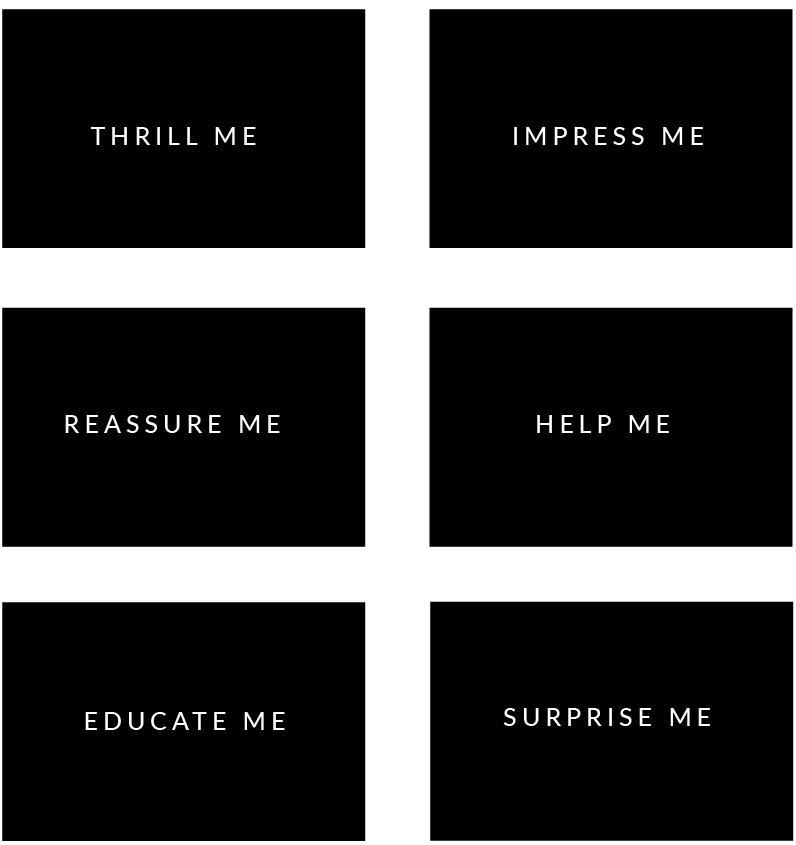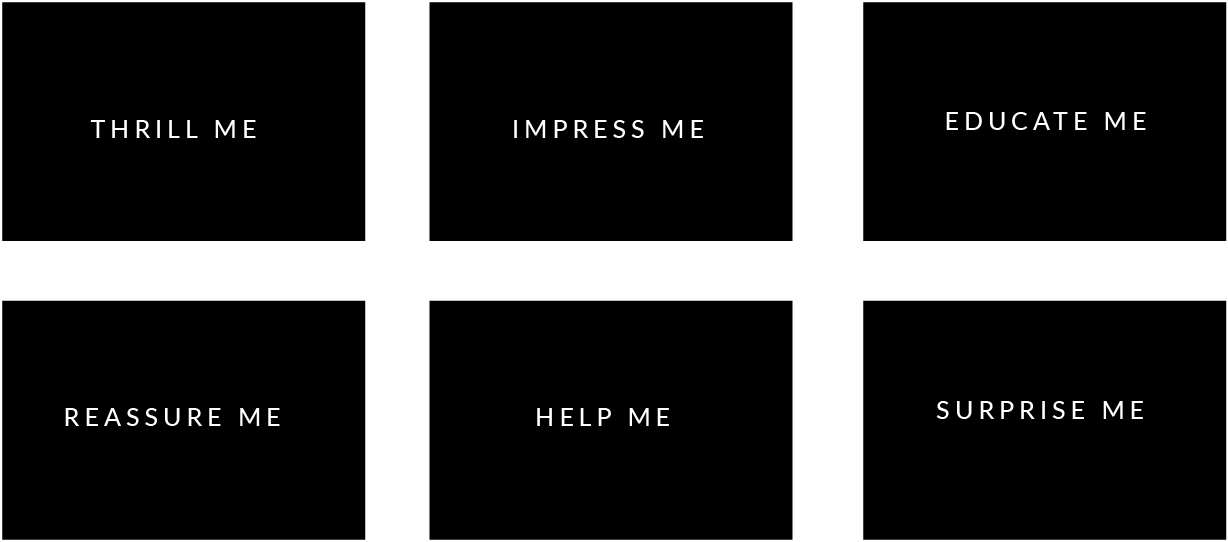Attitudes are formed when behaviour is combined with subjective norms and perceived control to influence a person’s intentions.

THE THEORY OF PLANNED BEHAVIOUR
WE ALL LIKE TO SOLVE PROBLEMS

There is a sense of satisfaction that comes at the conclusion of our shopping escapes, and it’s not always just the shiny new purchase that affirms our behaviour. When we set out on a journey to make a purchase, it’s not necessarily because we want that particular product or service, it’s because we have the intent to find a solution to a perceived pre-identified problem.
So where does our intent come from? Intent generally sits somewhere between a person’s attitudes and behaviour. In psychology, the Theory of Planned Behaviour states that attitudes towards a specific behaviour combined with subjective norms and perceived control influence a person’s intentions, and these intentions guide, but do not completely determine their behaviour. In order to find the solution to our aforementioned problem, we enter a journey, driven by six different need states, listed below. These six states can exist separately or simultaneously and can change as you progress onward in the journey closer towards the solution to your problem.
So when it comes to brands harnessing these need states in acquiring new business, the opportunity sits in aligning relevant messaging with the particular need state (or states) at play. By issuing this messaging in a timely and complimentary advertising format to prospects in their particular need state, it allows for a brand to build immediate credibility with the buyer.
When looking at big-ticket item purchases we can see how multiple, if not all need states are activated during the customer journey. According to Gartner buyers spend 50% of their time seeking information from third-party sources prior to making a purchase, allowing marketers to uncover prospect movement and prioritise outreach based on those intent indicators. This level of pre-purchase discovery by the individual emphasises the importance of the need states prior to transacting.
What this means for marketers in execution terms is that by adopting intent orientated channels like Google’s Ad Discovery campaigns, we are able to find out where buyers are, and where they are likely to be heading to next, based on the state they have fulfilled previously. From this we have the ability to issue the right timely message to successfully conclude the individuals current need, facilitating ongoing fulfillment along their continual journey and further down your sales funnel.
WE ALL LIKE TO SOLVE PROBLEMS

There is a sense of satisfaction that comes at the conclusion of our shopping escapes, and it’s not always just the shiny new purchase that affirms our behaviour. When we set out on a journey to make a purchase, it’s not necessarily because we want that particular product or service, it’s because we have the intent to find a solution to a perceived pre-identified problem.
So where does our intent come from? Intent generally sits somewhere between a person’s attitudes and behaviour. In psychology, the Theory of Planned Behaviour states that attitudes towards a specific behaviour combined with subjective norms and perceived control influence a person’s intentions, and these intentions guide, but do not completely determine their behaviour. In order to find the solution to our aforementioned problem, we enter a journey, driven by six different need states, listed below. These six states can exist separately or simultaneously and can change as you progress onward in the journey closer towards the solution to your problem.
SIX NEED STATES


So when it comes to brands harnessing these need states in acquiring new business, the opportunity sits in aligning relevant messaging with the particular need state (or states) at play. By issuing this messaging in a timely and complimentary advertising format to prospects in their particular need state, it allows for a brand to build immediate credibility with the buyer.
When looking at big-ticket item purchases we can see how multiple, if not all need states are activated during the customer journey. According to Gartner buyers spend 50% of their time seeking information from third-party sources prior to making a purchase, allowing marketers to uncover prospect movement and prioritise outreach based on those intent indicators. This level of pre-purchase discovery by the individual emphasises the importance of the need states prior to transacting.
What this means for marketers in execution terms is that by adopting intent orientated channels like Google’s Ad Discovery campaigns, we are able to find out where buyers are, and where they are likely to be heading to next, based on the state they have fulfilled previously. From this we have the ability to issue the right timely message to successfully conclude the individuals current need, facilitating ongoing fulfillment along their continual journey and further down your sales funnel.
SIX NEED STATES


References:
Patrick Fischer (2020) How to use Buyer Intent Data to your Sales Advantage: https://www.gartner.com/en/digital-markets/insights/how-to-use-buyer-intent-data-to-your-sales-advantage
Icek Ajzen (2011) The theory of planned behaviour: Reactions and reflections, Psychology & Health, 26:9, 1113-1127, DOI: 10.1080/08870446.2011.613995





